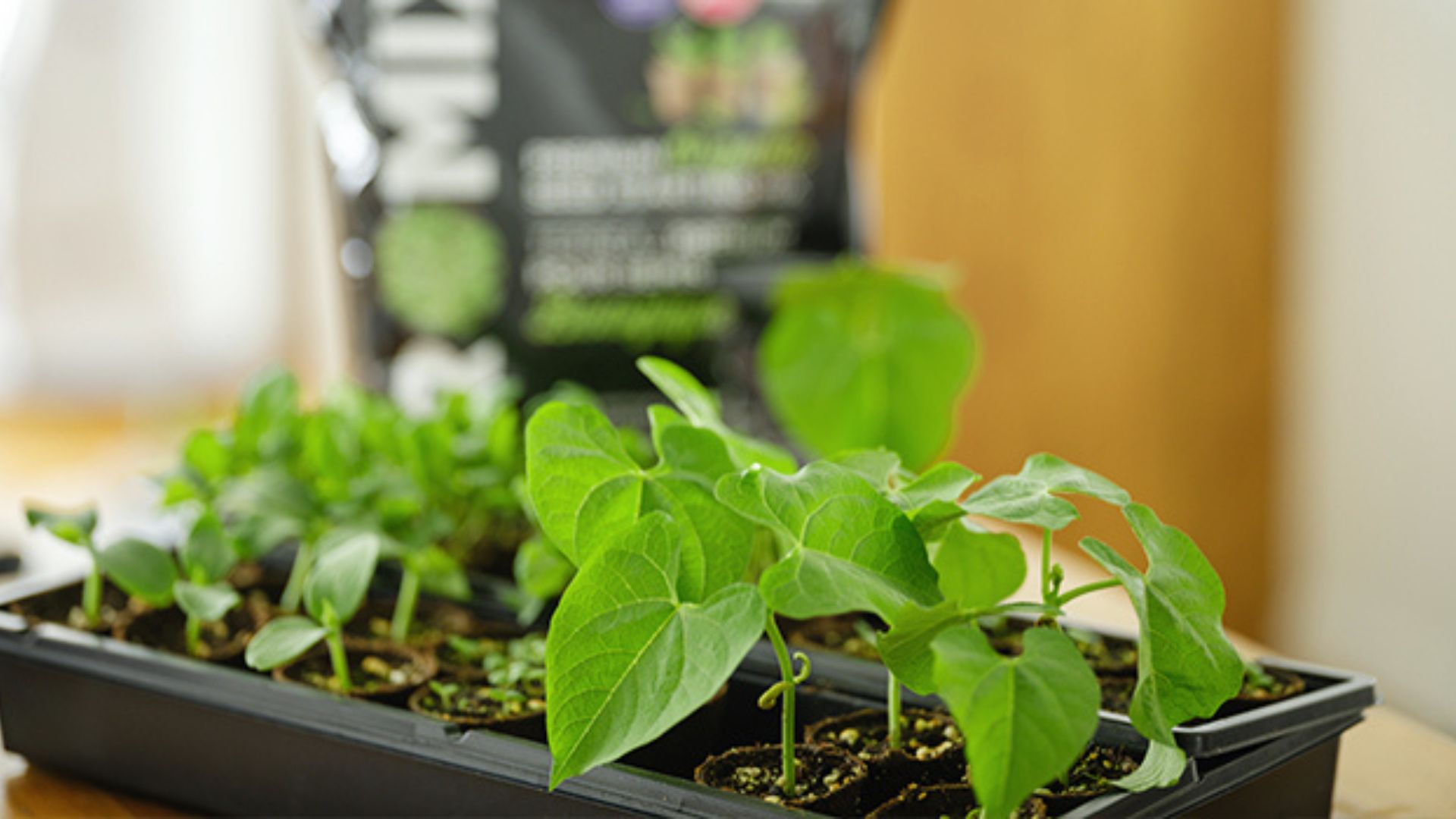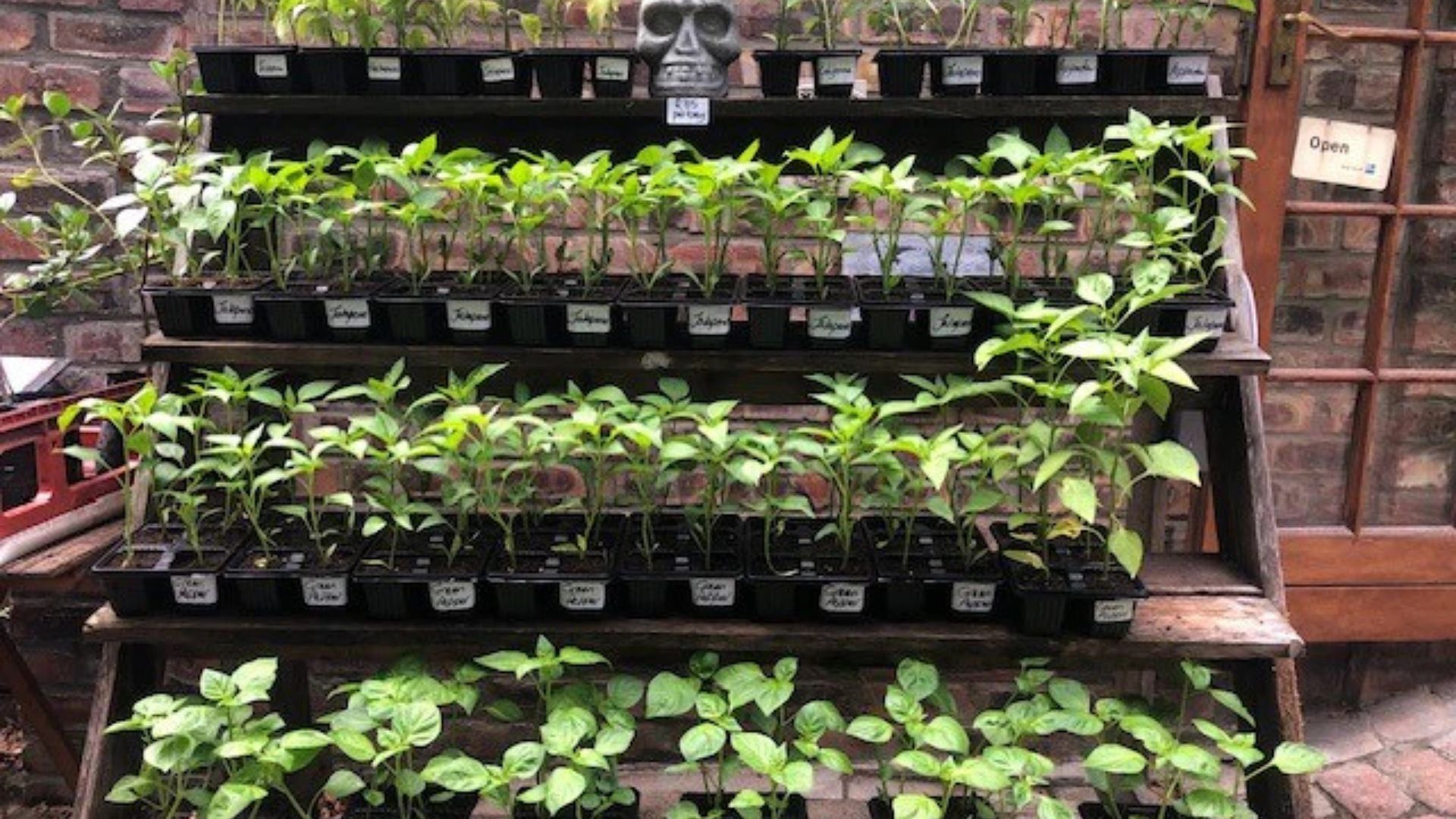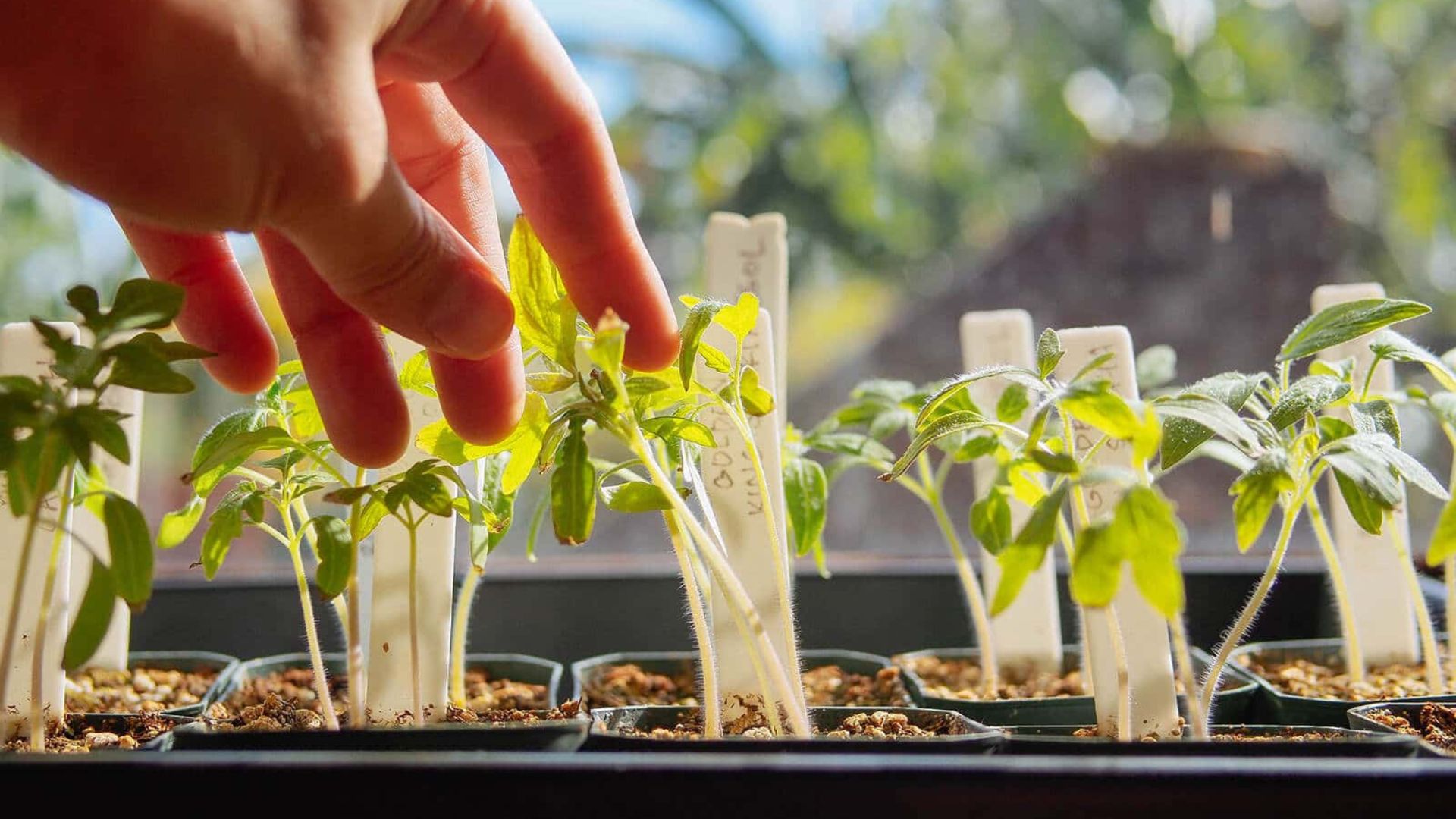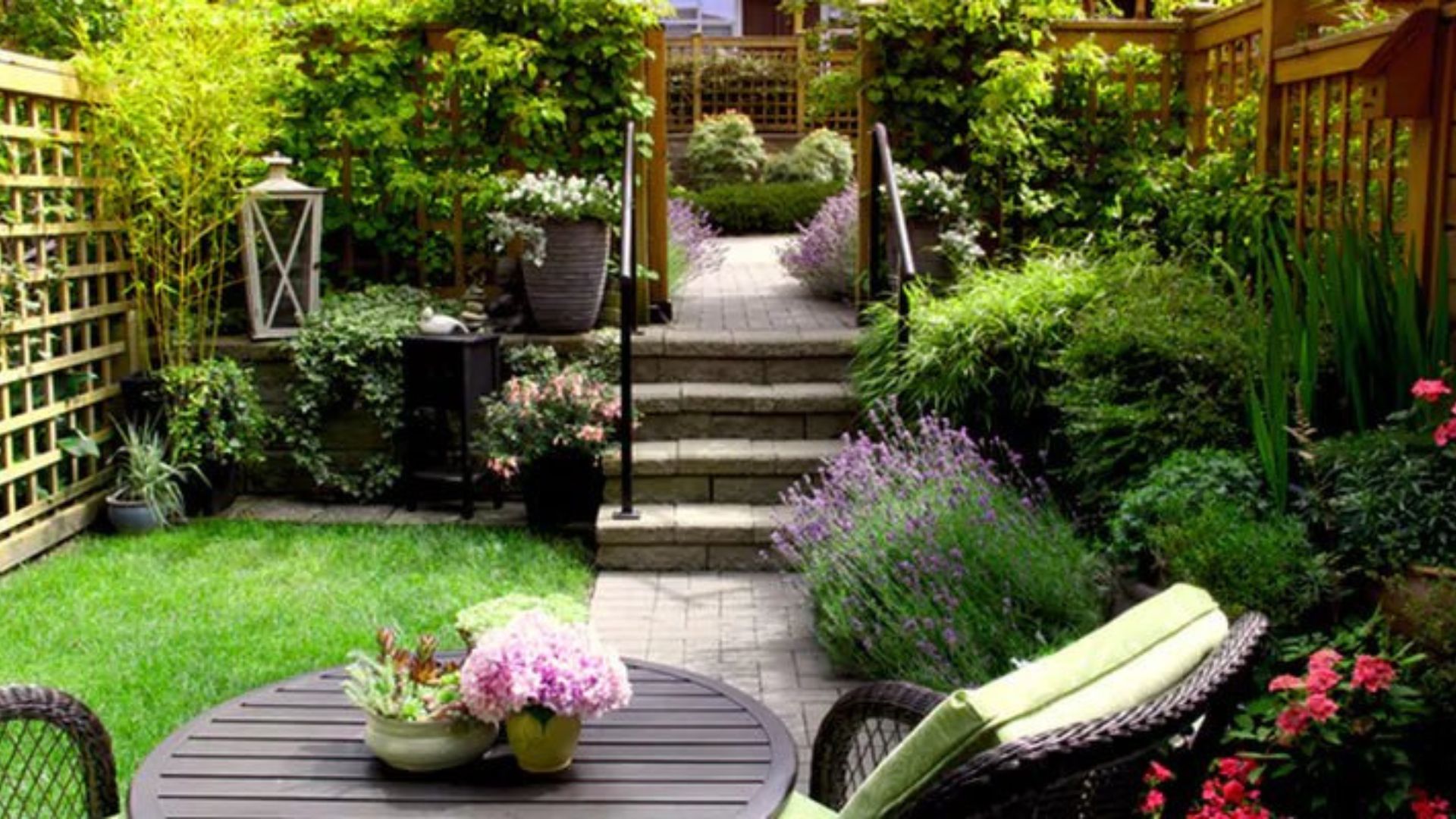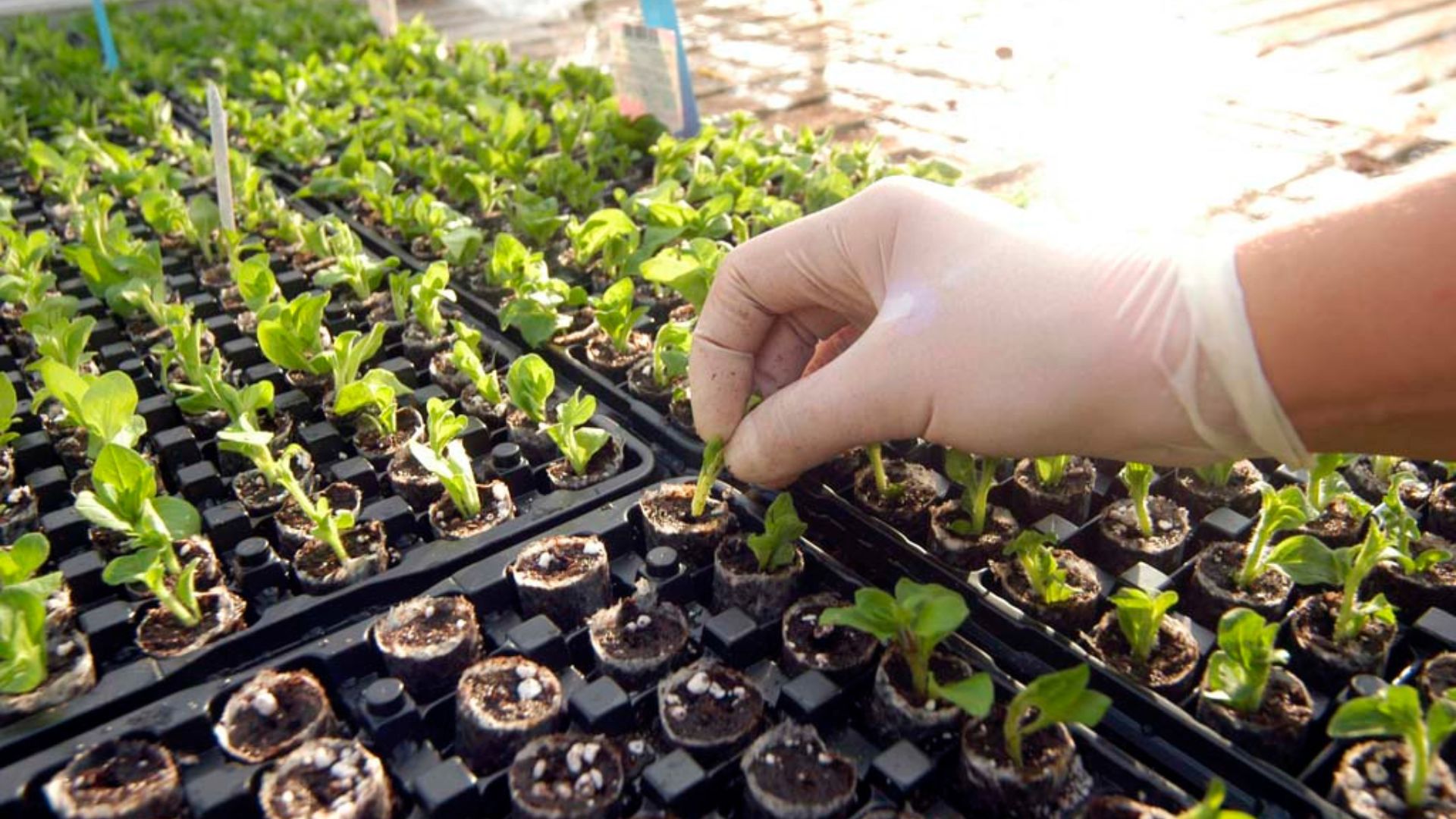Growing vegetables from seeds is one of the most rewarding and cost-effective ways to start a garden. Whether you’re cultivating a backyard patch, balcony garden, or indoor setup, starting from seed gives you complete control over plant quality, variety, and health. With patience and the right techniques, even beginners can enjoy a successful harvest from tiny seeds to thriving crops.
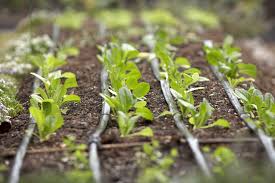
Choose the Right Seeds for Your Region
Before planting, research what vegetables grow best in your climate and season. Some seeds—like lettuce, radishes, and spinach—prefer cooler temperatures, while others like tomatoes and peppers thrive in warm conditions. Always check seed packets for information on growing zones, germination time, and spacing. Selecting the right varieties for your area ensures higher germination rates and fewer pest or disease issues later.
Use High-Quality Seed Starting Mix
When growing vegetables from seeds, the soil you use matters. Standard garden soil is often too dense for tender seedlings. Instead, opt for a light, sterile seed-starting mix that allows good drainage and root development. You can buy pre-made mixes or make your own using equal parts coconut coir (or peat moss), perlite, and vermiculite. Fill seed trays or small pots loosely—don’t compact the soil, as this reduces airflow to the roots.
Start Indoors or Outdoors at the Right Time
Timing is crucial when starting vegetables from seed. Many vegetables—such as tomatoes, eggplants, and peppers—need to be started indoors 6–8 weeks before the last expected frost. Others, like beans, carrots, and squash, can be sown directly into outdoor soil after the danger of frost has passed. Use a gardening calendar or seed packet instructions to determine the best time to start each type of vegetable.
Provide Adequate Light and Warmth
Seedlings need warmth to sprout and light to grow strong. Most seeds germinate best at temperatures between 65–75°F (18–24°C). To maintain warmth indoors, place seed trays near a heat mat or in a warm room. Once they sprout, seedlings need plenty of light—preferably 12–16 hours a day. A sunny windowsill might work, but grow lights offer more consistent results. Without enough light, seedlings can become leggy and weak.
Water Gently and Keep Moisture Consistent
Consistent moisture is key when growing vegetables from seeds. Seeds need to stay damp to germinate, but not soaked. Use a spray bottle or gentle watering can to moisten the soil evenly. Avoid overwatering, as this can lead to mold or root rot. Covering seed trays with plastic domes can help retain humidity during germination. Once sprouts appear, remove the cover and continue to monitor moisture daily.
Thin and Transplant Carefully
Once your seedlings develop their first true leaves, it’s time to thin them out. Remove the weaker seedlings, leaving only the strongest in each pot or cell. This reduces competition and gives each plant room to grow. When transplanting seedlings to larger pots or into the garden, handle them gently by their leaves—not the delicate stems. Harden them off gradually by exposing them to outdoor conditions a few hours at a time over a week.
Conclusion: From Seed to Supper
Growing vegetables from seeds may take time and care, but the payoff is worth it. You’ll enjoy fresher produce, more variety, and the satisfaction of nurturing plants from the very beginning. With quality seeds, proper timing, and consistent care, even a small garden can yield impressive results. Whether you’re growing for your family or just for fun, starting from seed connects you to your food in a truly rewarding way.






